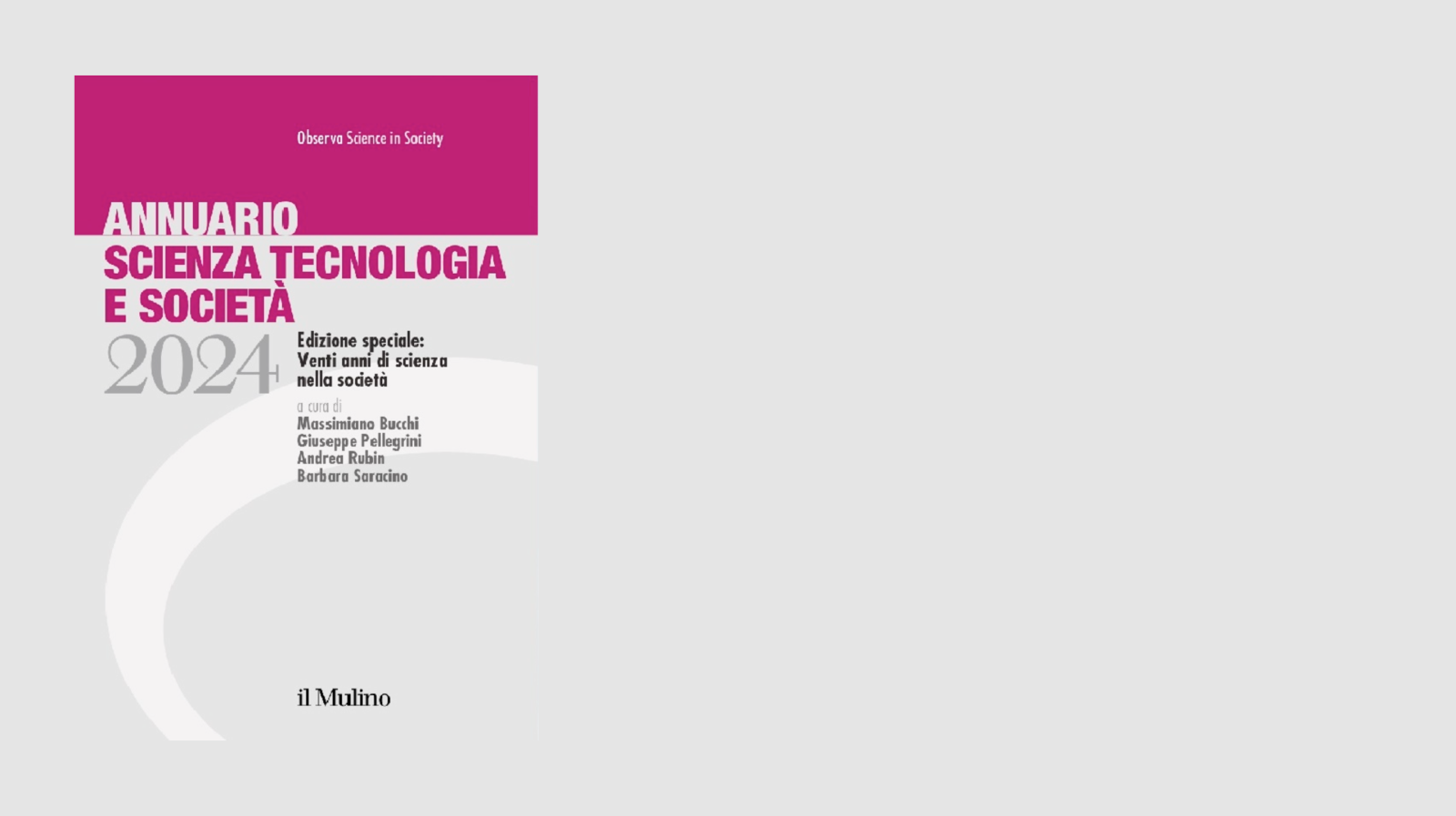“This result demonstrates Italy's high potential in biotechnological research which is capable of competing at an international level and collaborating with the most prestigious research groups. This is why it is fundamental to encourage innovation in this sector, which in recent years has managed to meet successful objectives,” said Alessandro Sidoli, the Assobiotec President - National association for biotechnological research - which forms part of Federchimica, with reference to the sequencing of the tomato's genome, published in the prestigious magazine Nature by a research group led by an Italian Giovanni Giuliano of Enea, along with the Israeli Dani Zamir.
“They are in fact the result of successes in Italian research such as the sequencing of the grapevine, peach, strawberry and rice genome; and the recent discovery of the molecular basis of a grave disease which ruins the kiwi cultivation in Italy,” continues Sidoli. “This recent work opens new perspectives in assisted breeding, which will enable to create tomatoes that are more resistant to parasites and drought, that have more flavor and are more nutritious and that last longer. All this is biotechnological research, which contributes significantly to the progress of agro food worldwide and could lead to the improvement of the cultivation of Italy's better known crops”.
“I sincerely hope that in Italy too both public and private research in the biotechnology field manages to receive the support which is indispensable for continuing to maintain its leading role in the agro food innovation chain.”
Source: Assobiotech

